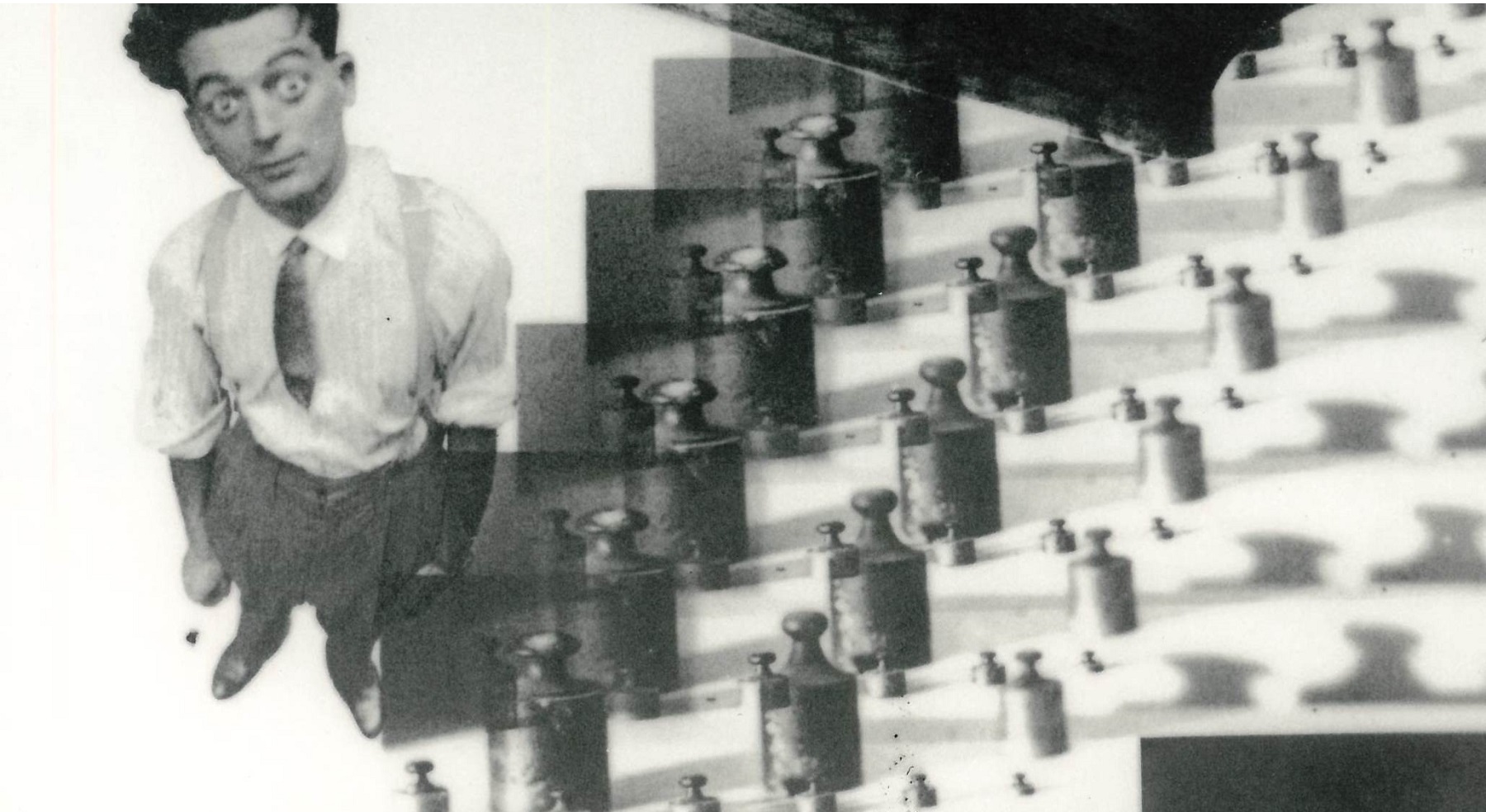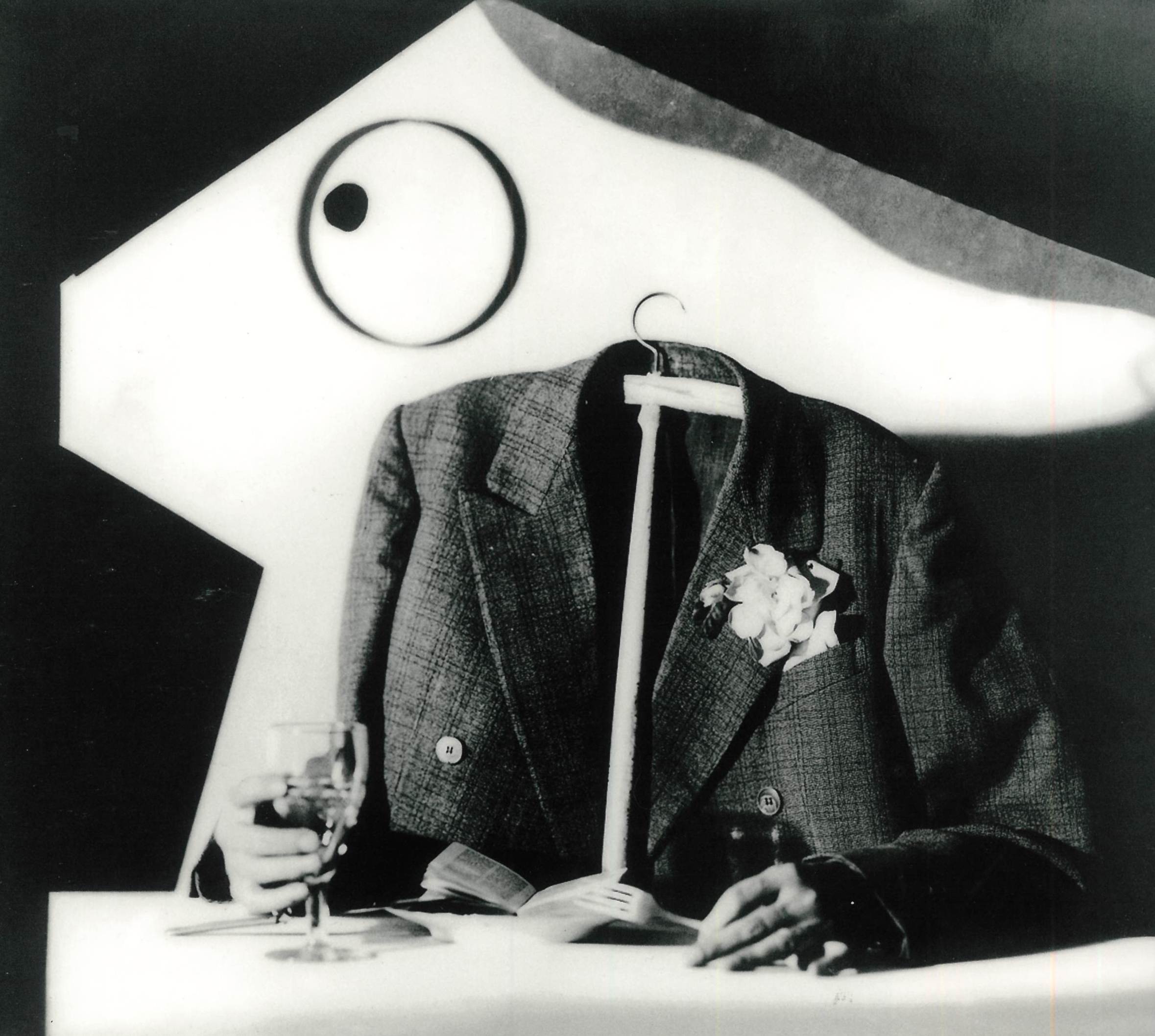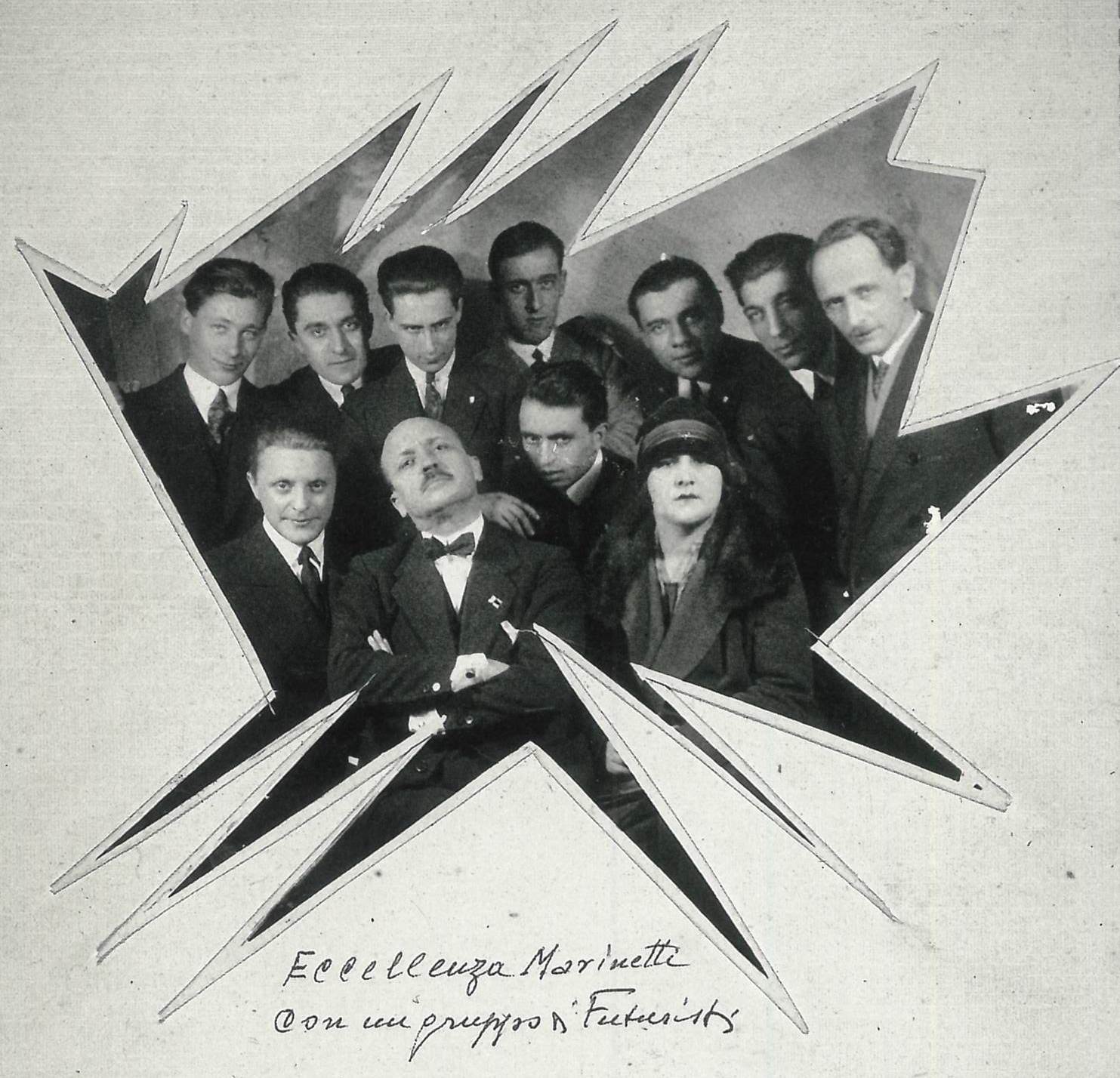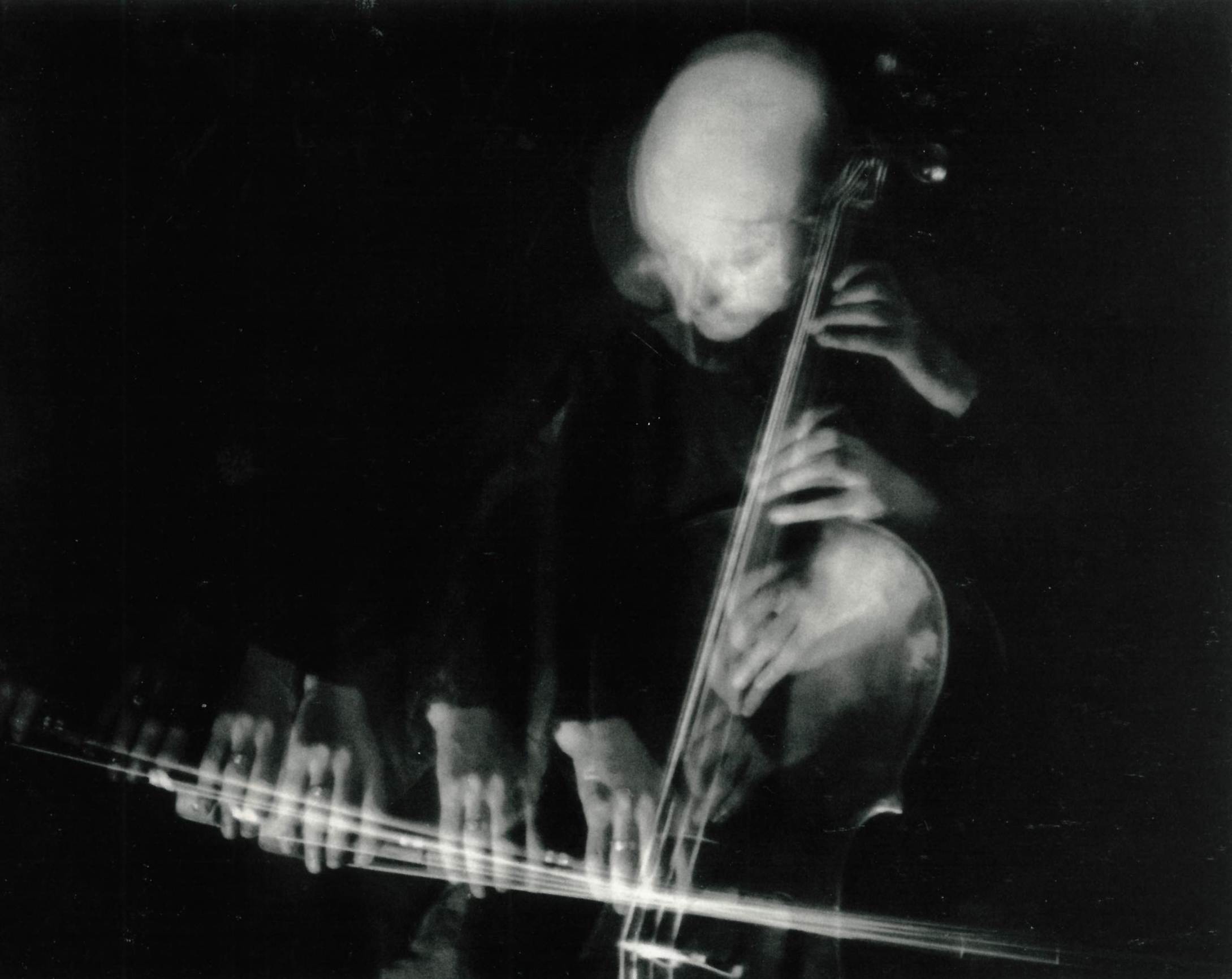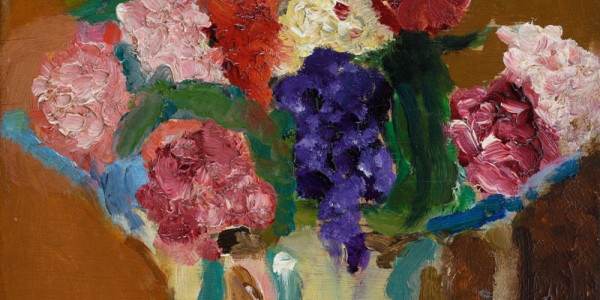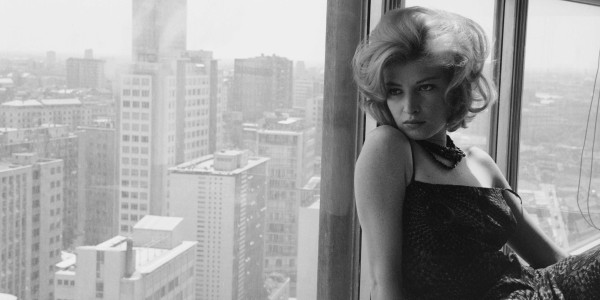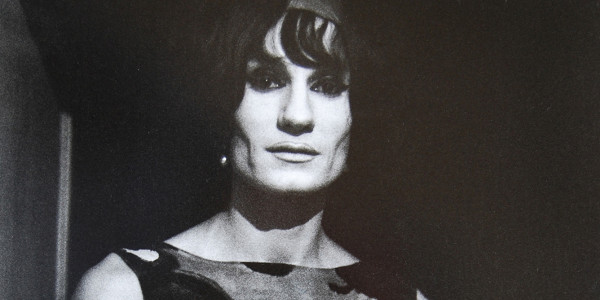At the turn of the twentieth century, parascientific experiments, spiritualist photography, multi-portraits, montage effects and the chronophotographs of Etienne-Jules Marey provided a rich background against which a Futurist photo-aesthetic gradually formed.
As much as Marinetti and the Futurists hailed scientific photography as technologically innovative, initially they could not embrace the medium as art. They felt the camera petrified life, at odds with the poetics of ‘dynamism’. It was not until the invention of ‘photodynamism’ in 1911 that Italian Futurism made its distinctive contribution to the history of photography. The term was invented by the Bragaglia brothers, Anton Giulio and Arturo, who aimed to induce ‘visual vertigo’ with their photographs of movement. With financial support from Marinetti, the Bragaglias continued to experiment, and in 1913 published Fotodinamismo Futurista. Their theoretical ideas were well received in photographic circles and many were adopted by other European avant-garde artists.
Other Futurists employed different strategies to counter photography’s passive recording of reality. Well aware of the propaganda value of their photographic portraits, Marinetti and his fellow Futurists distributed them widely. Subverting the codes of studio photography, they made reportage documents of the life and actions of avant-garde artists. Fortunato Depero, for example, challenged existing orthodoxies by producing a series of self-portraits in which gestures and facial expressions projected an extravagant, theatrical and exhibitionist persona.
The period after the First World War saw a revival of Futurist photography. The Bragaglia brothers established their Casa d’Arte in Rome, and Marinetti and Tato published the manifesto of Futurist photography in April 1930 (following the influential 1929 exhibition Film und Photo, held in Stuttgart). The following decade was one of the most creative periods in Italian photographic history.
The exhibition featured 150 rare vintage prints, selected by Professor Giovanni Lista.
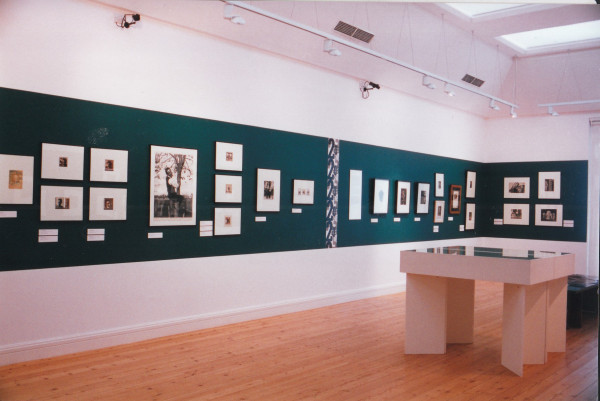
See our current exhibitions
Find out more...Discover the programme of future exhibitions
Find out more...Discover our past exhibitions
Find out more...